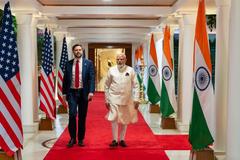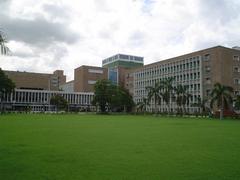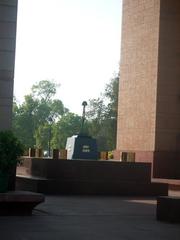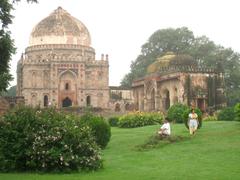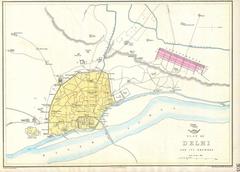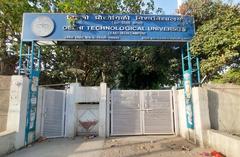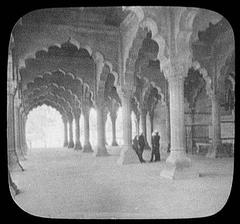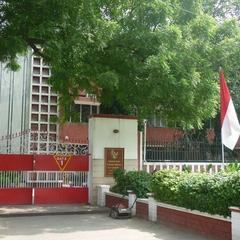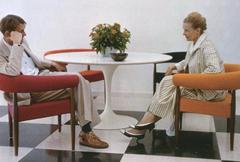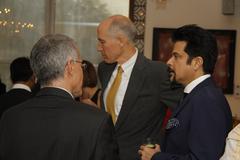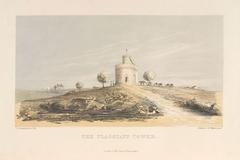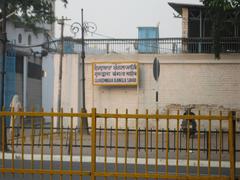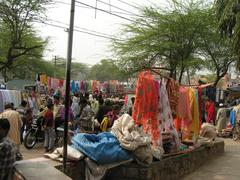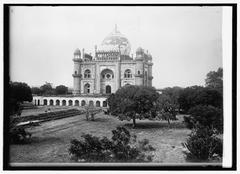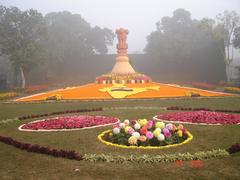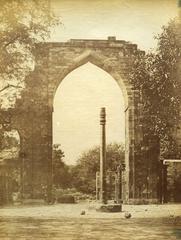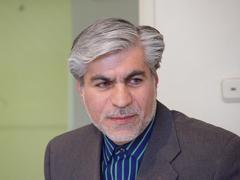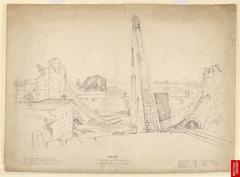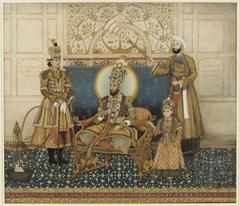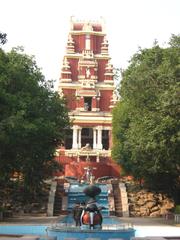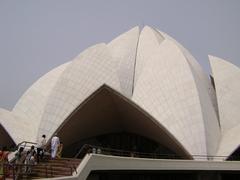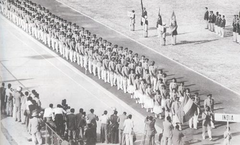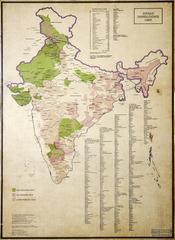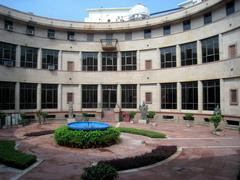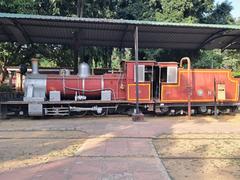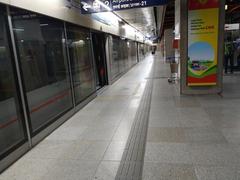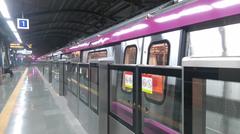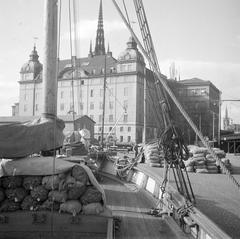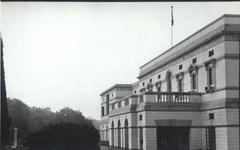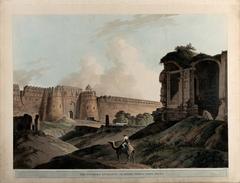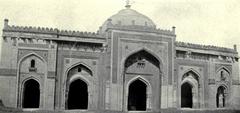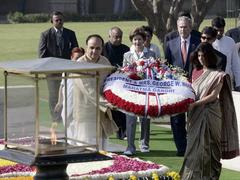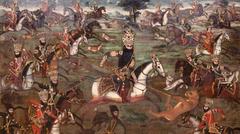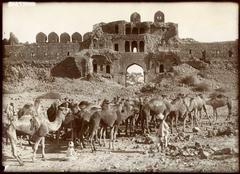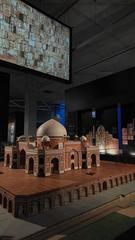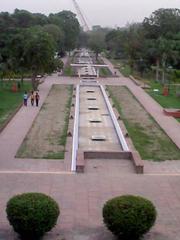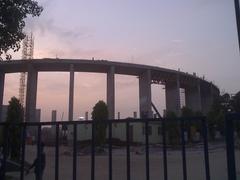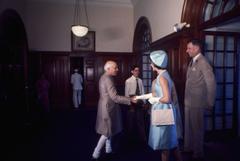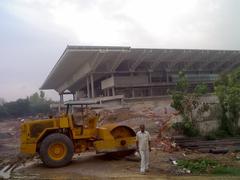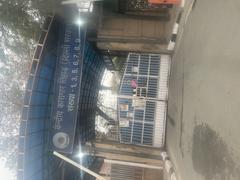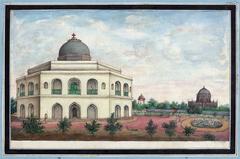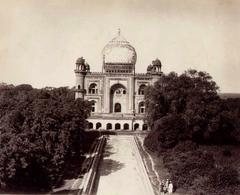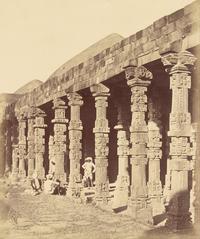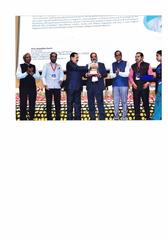
Rashtrapati Bhavan Museum: Visiting Hours, Tickets, and Comprehensive Guide to New Delhi’s Premier Historical Site
Date: 04/07/2025
Introduction
The Rashtrapati Bhavan Museum in New Delhi is a monumental testament to India’s political evolution, architectural brilliance, and democratic heritage. Originally constructed as the Viceroy’s House under the British Raj, designed by Sir Edwin Lutyens and completed in 1929, it now serves as the official residence of the President of India. The transformation of this estate into a public museum allows visitors to explore the nation’s journey from colonial rule to sovereignty. This guide provides in-depth details on Rashtrapati Bhavan Museum visiting hours, ticketing, accessibility, guided tours, and nearby attractions—ensuring a well-planned and enriching visit to one of Delhi’s most significant landmarks. For ticket bookings and official updates, visit the Rashtrapati Bhavan official website and consult Delhi Tourism.
Table of Contents
- Introduction
- Historical Background
- Architectural Highlights
- Conservation and Modernization
- Visitor Experience
- Interactive Elements and Visual Suggestions
- Frequently Asked Questions (FAQ)
- Conclusion
- References
Historical Background
From Viceroy’s House to Rashtrapati Bhavan
Commissioned as the Viceroy’s House during the British Raj, Rashtrapati Bhavan was central to the 1911 plan to shift India’s capital from Calcutta to Delhi. The estate’s construction began in 1912 and was completed in 1929, intended to symbolize British imperial authority (holidify.com; cultureandheritage.org). Post-independence, it became the residence for India’s President, hosting pivotal moments in the nation’s history.
Museum Establishment and Vision
Inaugurated in 2014 and opened to the public in 2016, the Rashtrapati Bhavan Museum was conceived to democratize access to India’s presidential legacy. As the country’s first major underground museum, it features restored buildings—Stables, Garage, and Clock Tower—and immersive exhibits that chronicle the presidency, major diplomatic events, and India’s political journey (wikipedia.org; Delhi Tourism).
The museum’s vision is to engage visitors of all backgrounds through thematic galleries, interactive installations, and advanced technologies, making the nation’s leadership and heritage tangible to all (Travelling Camera).
Architectural Highlights
Design, Layout, and Gardens
Rashtrapati Bhavan, a 330-acre estate at the end of Rajpath, is among the largest residences of any head of state, containing 340 rooms over five acres (holidify.com). The building fuses Western classical style with Indian motifs—such as chhatris and jaalis—and features a dome inspired by the Sanchi Stupa (cultureandheritage.org). The interiors are adorned with Indian artistry, marble, and intricate woodwork.
The estate is also home to the celebrated Mughal Gardens (now called Amrit Udyan), open seasonally to the public, with geometric layouts, terraced lawns, and diverse flora (Delhi Tourism).
Museum Complex and Restoration
The museum complex is a prime example of adaptive reuse and heritage preservation. The Stables, Garage, and Clock Tower have been meticulously restored, with the Clock Tower’s restoration completed in 2015 by IIT Delhi and INTACH (wikipedia.org). The museum’s galleries are largely underground to maintain the estate’s visual integrity while providing modern exhibition spaces. Highlights include vintage vehicles, presidential gifts, diplomatic memorabilia, and AI- and VR-powered interactive displays.
Conservation and Modernization
Ongoing restoration and modernization maintain the estate’s architectural integrity while updating facilities for contemporary use. These efforts ensure Rashtrapati Bhavan remains a vibrant symbol of India’s living heritage (cultureandheritage.org).
Visitor Experience
Visiting Hours and Ticketing
- Museum Open: Tuesday to Sunday, 9:30 AM – 4:30 PM (entry closes at 4:00 PM)
- Closed: Mondays and Gazetted holidays
- Entry Fee: ₹50 per person; group discounts available
- Booking: Mandatory online booking at least 7 days in advance via visit.rashtrapatibhavan.gov.in (Travelers Guider)
- Slots: Five per day, each with a 250-visitor cap (Rashtrapati Bhavan FAQ)
- Children under 8: Free entry
- Identification: Indian citizens—government photo ID; foreign nationals—original passport and booking photocopy
Accessibility and Circuits
- Wheelchair Access: Museum and gardens are wheelchair-friendly, with ramps, elevators, and accessible restrooms
- Assistance: Available on request, especially for differently-abled visitors
- Visitor Circuits:
- Circuit 1: Main Building & Central Lawn (separate booking required)
- Circuit 2: Museum Complex (Stables, Garage, Clock Tower)
- Circuit 3: Amrit Udyan (Mughal Gardens), open seasonally
Guided Tours and Photography
- Guided Tours: Available in multiple languages; recommended for deeper insights (Travelling Camera)
- Photography: Permitted in most areas; restrictions on flash and tripods. Always check with staff
- Security: Strict checks; prohibited items include large bags, food, and weapons
Travel Tips and Directions
- Entry Gate: Gate No. 30, Mother Teresa Crescent Road near Talkatora Stadium (Rashtrapati Bhavan FAQ)
- Parking: Available near Gate No. 30
- Public Transport: Nearest metro—Central Secretariat; numerous DTC buses; taxis and rideshares convenient (Travelers Guider)
- Best Time to Visit: October–March (pleasant weather and gardens in bloom); early mornings on weekdays for fewer crowds
Major Exhibits and Interactive Features
- Presidential Carcade & Vintage Vehicles: Iconic state cars and buggies
- Freedom Struggle Gallery: Artifacts and multimedia from India’s independence movement
- Diorama of Constitution Drafting: Immersive installation
- AI-Enabled Gallery (Navachara): Showcases AI innovations with interactive displays (PIB Press Release)
- Tribal Heritage and Textile Galleries: Celebrating India’s diverse culture
- Virtual/Augmented Reality: Immersive tours and historical reconstructions
- Art Gallery: Rotating exhibitions of paintings and sculptures
Interactive Elements and Visual Suggestions
- High-Quality Photos: Rashtrapati Bhavan façade, Mughal Gardens, museum interiors (alt tags: “Rashtrapati Bhavan Museum entrance, Delhi historical site”)
- Interactive Map: Estate layout and visitor circuits
- Virtual Tour: Online previews of galleries and exhibits
Nearby Attractions
- Within the Estate:
- Main Building & Central Lawn (Circuit 1)
- Amrit Udyan (Mughal Gardens): Open Feb–March (Touryatras)
- Change of Guard Ceremony: Saturdays at 8:00 AM (except holidays)
- Nearby Landmarks:
- India Gate (India Beyond Curry)
- National Museum
- Nehru Planetarium
- Gurudwara Bangla Sahib
- Connaught Place
- Lodhi Gardens
- Jantar Mantar
- National Gallery of Modern Art
- National Rail Museum
- Swatantrata Senani Museum
- Parliament House (exterior view) (Travelsetu; MakeMyTrip)
Frequently Asked Questions (FAQ)
-
Q: What are the Rashtrapati Bhavan Museum visiting hours?
A: Tuesday–Sunday, 9:30 AM–4:30 PM. Closed on Mondays and Gazetted holidays. -
Q: How do I book Rashtrapati Bhavan tickets?
A: Online booking is mandatory at visit.rashtrapatibhavan.gov.in. -
Q: Are guided tours available?
A: Yes, in multiple languages, recommended for groups and schools. -
Q: Is the museum wheelchair accessible?
A: Yes, with ramps, elevators, and accessible restrooms. -
Q: Are cameras allowed?
A: Mobile phone photography is generally allowed; professional cameras and tripods are restricted. -
Q: What ID do I need?
A: Indians—government photo ID; Foreigners—passport (original and copy). -
Q: Is there parking?
A: Yes, near Gate No. 30 for museum visitors. -
Q: What’s the best time to visit?
A: October–March and during Amrit Udyan’s bloom.
Conclusion
The Rashtrapati Bhavan Museum offers a remarkable window into India’s political legacy, architectural splendor, and cultural richness. Whether you’re a history buff, architecture enthusiast, or a curious traveler, this site promises an experience that is both educational and inspiring. Plan your visit by booking tickets in advance, exploring the estate’s diverse circuits, and making time for nearby attractions. For up-to-date visitor information, download the Audiala app and follow official social media channels.
References
- holidify.com
- cultureandheritage.org
- wikipedia.org
- Delhi Tourism
- PIB Press Release
- Travelers Guider
- India Beyond Curry
- Touryatras
- Travelsetu
- MakeMyTrip

